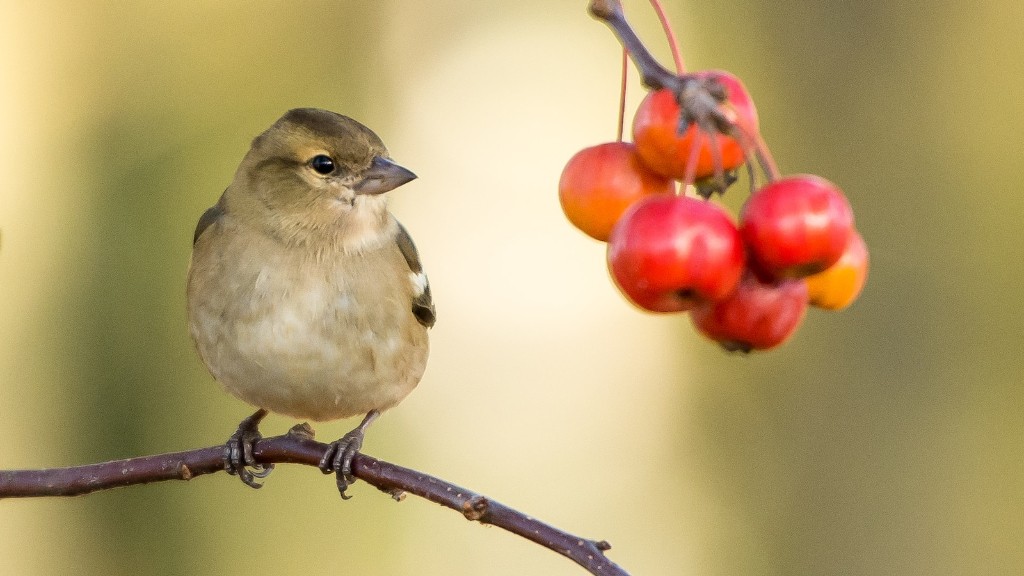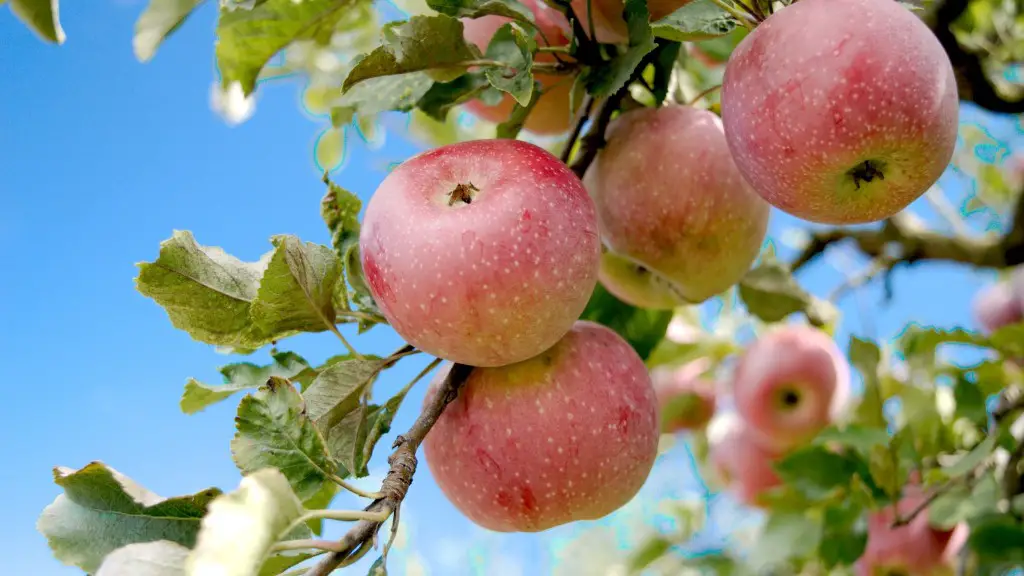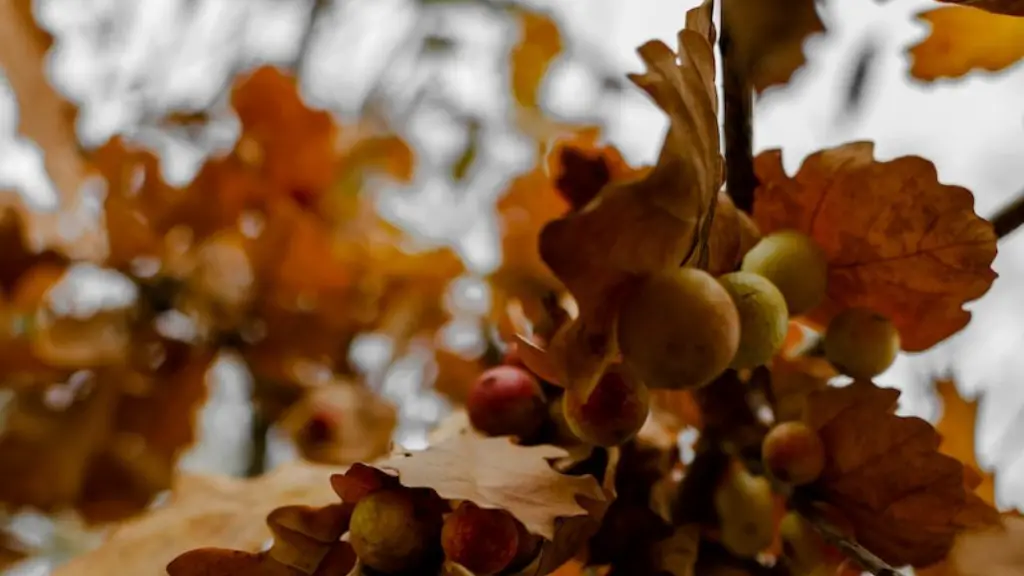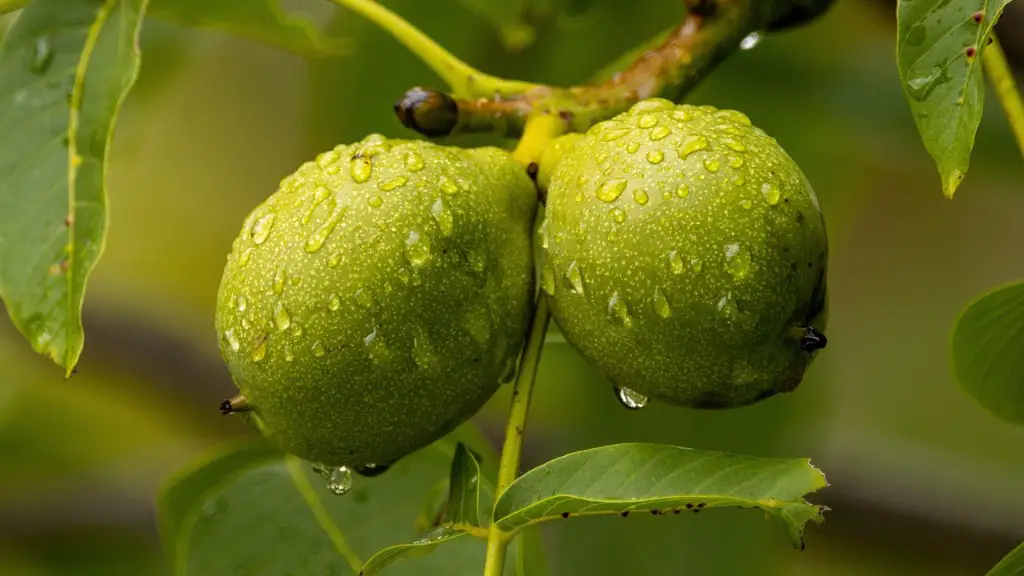Weeping cherry trees are beautiful specimens of nature that we can plant in our homes and gardens. With their graceful nature and abundant blooms, there is nothing like a weeping cherry to bring beauty to any landscape. But where is the best place to plant a weeping cherry tree? We’ll answer that question by exploring the necessary conditions, soil preparation, and pruning techniques of these magnificent trees.
Ideal Location
The ideal spot to plant a weeping cherry tree is in a location that receives full sun, although they are tolerant of partial shade. Once established, they are drought tolerant and wind resistant. To protect the tree, avoid planting near sidewalk and street edges, where salt and other harsh chemicals may be present.
The best climate for a weeping cherry tree is one with moderate temperatures and a consistent water supply. Avoid areas with high heat or harsh winter winds. When selecting a site for a weeping cherry tree, come sure to consider the tree’s mature size and choose a location with ample space for the branches to spread as the tree grows. Throughout the growing season, be sure to keep the tree free from weeds and grass around the roots.
Soil Preparation
Weeping cherry trees are highly adaptable and prefer well-drained soil with a pH level between 5.5 and 6.5. To prepare the soil, deeply dig with a shovel to aerate the soil and improve drainage. Work in some compost and low nitrogen fertilizer to enrich the soil, then water thoroughly and wait a few days. If the soil still remains waterlogged, add some drainage material like sand, gravel, or grit.
If the soil is lacking in fertility, you may also consider adding an organic fertilizer at the time of planting. Once planted, fertilizing will become part of the regular weeping cherry tree care. Choose a product that is formulated specifically for fruit trees and use according to the manufacturer’s instructions. Overfertilizing could lead to a malfunctioning root system and leafy growth, which can disturb the normal growth pattern.
Pruning
Pruning is an important part of weeping cherry tree care. To maintain the desired shape and size of the tree, it is best to do a light pruning during the winter months. Using pruning shears, trim off damaged or dead branches and remove any low hanging or unwanted branches. This will encourage new, healthy growth and prevent spreading diseases.
It is also important to prune the tree to allow more light and air around the interior of the plant. That way, the tree won’t become overcrowded and vulnerable to disease. Make sure not to prune too harshly, as it could disrupt the natural shape of the tree. The best time to do heavier pruning is in late winter or early spring.
Mulching
Mulching around the base of the weeping cherry tree is key to ensuring its success. By creating a thick layer of organic material around the base of the tree, you will significantly improve its chances of survival. The mulch will help reduce weed competition, retain moisture, and stimulate the growth of beneficial microorganisms in the soil.
It’s important not to mulch too deeply, however. A layer of mulch that’s more than four inches thick can suffocate the roots, so it’s best to keep the mulch layer two to three inches thick. Additionally, be sure to keep the mulch about one inch away from the trunk of the tree for proper air circulation.
Watering
To ensure your weeping cherry tree stays healthy and produces beautiful blooms, it must be watered regularly. During the first year, it is especially important to keep the soil adequately moist with at least one inch of water every week. After the tree is established, water slowly and deeply in the morning if there is less than one inch of rainfall each week.
Make sure the soil is not too waterlogged and does not dry out completely. Aim for a balance of moisture for optimum growth. During the dormant winter months, weeping cherry trees don’t require much watering unless the soil becomes dry.
Fertilizing
After planting, fertilize with a low nitrogen fertilizer once in the spring and once in the summer. This will help the tree become established and stay healthy. Choose a high-quality fertilizer formulated specifically for fruit trees and follow the instructions on the package.
Followup fertilizations can be done throughout the year at four to six week intervals. Make sure the tree’s roots are well-established before fertilizing, and make sure the soil is moist before applying the fertilizer. A liquid fertilizer is recommended for easiest application and absorption.
Pest and Disease Control
Weeping cherry trees are susceptible to various pests and diseases such as Japanese beetles, aphids, powdery mildew, and verticillium wilt. To combat these, it is important to inspect the tree for signs of damage and act quickly. If pests are present, use a natural remedy like insecticidal soap or neem oil. Remove any dead or diseased branches and dispose of them away from the tree.
If the infestation is severe, consult with a professional who can provide you with an effective treatment plan. Prevention is key when it comes to keeping your weeping cherry tree healthy. Keep the area around the tree free of weeds and grass, and avoid overwatering and overfertilizing. Finally, mulch around the base of the tree to further deter pests and diseases.
Winter Protection
Weeping cherry trees are native to Japan and can thrive in climates with moderate temperatures. If you live in an area with harsh winters, however, consider implementing some winter protection for your tree. Apply a layer of mulch around the base of the tree and wrap the trunk in burlap or a frost cloth. Be sure to remove this protection in the spring when the weather starts to warm up.
This is particularly important for young trees, which are more vulnerable to frost damage. If you live in a very harsh climate, you may want to consider planting a cold-hardy variety of weeping cherry tree. Some popular varieties include Snow Fountains and Kursar, both of which are very hardy.
Proper Care and Maintenance
Once planted, a weeping cherry tree will require minimal maintenance. Proper watering and fertilizing will go a long way in keeping your tree healthy and allowing it to reach its full potential. There is nothing more satisfying than watching as your weeping cherry blooms each spring, so make sure to give your tree the care it deserves.
Protecting the Tree
As your tree matures, be mindful of its proximity to your home and other structures. Falling branches or limb breakage could cause extensive damage to structures and people, so it’s best to keep the tree away from these areas. Prune branches that grow too close to power lines, and be sure to remove large dead branches from the canopy as needed.
Weeping cherry trees need plenty of room to grow and spread, so you may need to hire a professional to prune and shape the tree if it starts to interfere with your home or surrounding structures. Regular pruning can also prevent disease, as it promotes healthy airflow around the tree and keeps the canopy light and airy.
Pruning Tips and Tricks
Pruning a weeping cherry tree is easier than it sounds. Start by removing dead and damaged limbs and any branches growing lower than 6-10 feet from the ground. This keeps the tree looking neat and discourages pests and diseases. You can then begin to shape and form the tree using the appropriate pruning techniques.
A common pruning technique is to remove the branches around the top of the tree and allow some of the lateral branches to grow outward. This creates a distinctive “v” shape, which is considered the classic weeping cherry tree. Fruiting branches usually grow from year-old wood and should be cut back by about one-third to promote more growth.
Wrapping It Up
Weeping cherry trees are a beautiful addition to any landscape and are fairly easy to maintain. The key to ensuring its success is to plant it in the right location, provide adequate preparation of the soil, and practice effective pruning, mulching, and fertilizing techniques. With proper care and maintenance, your weeping cherry tree will provide your landscape with beauty and grace for many years to come.





